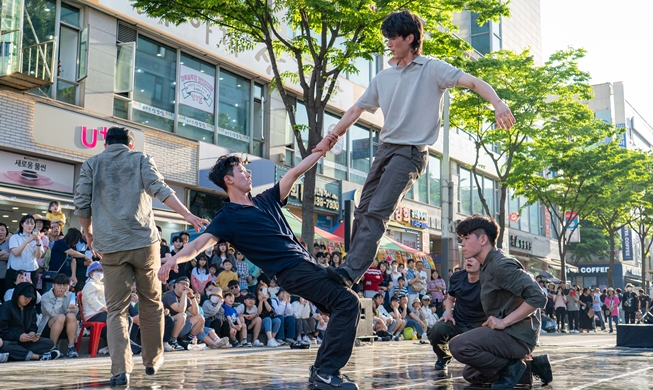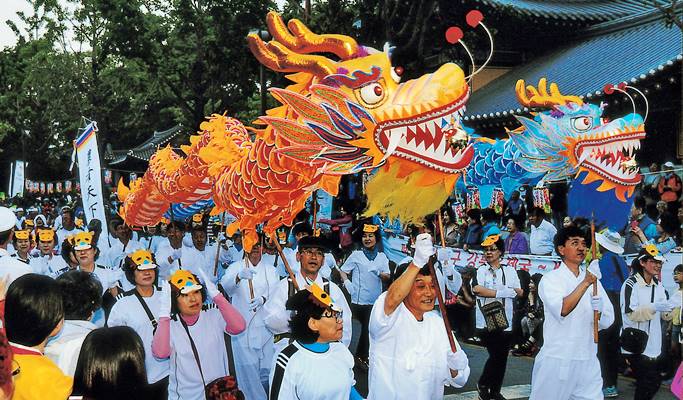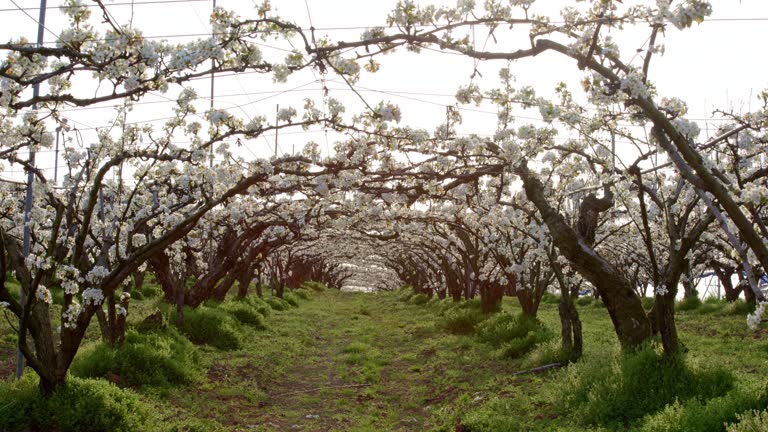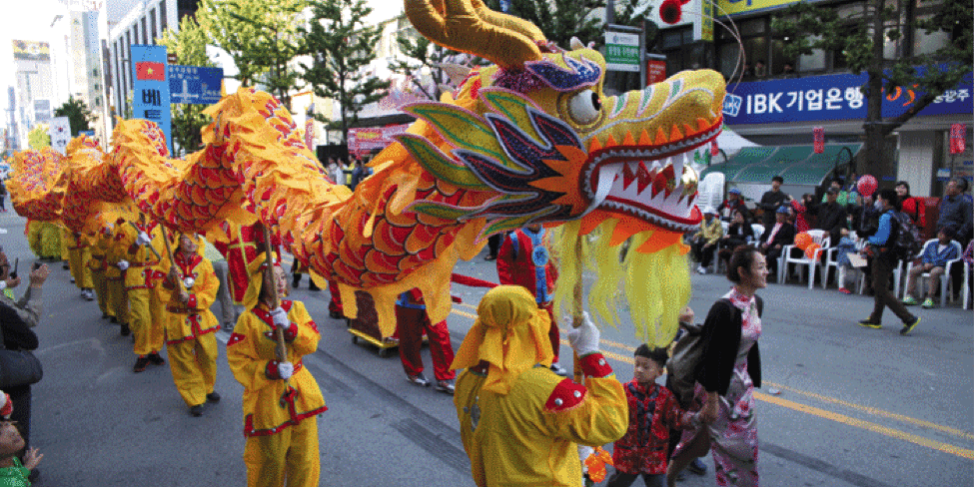When people think of Korean festivals, Korea’s Hidden Festivals usually aren’t the first to come to mind. Instead, iconic events like the Boryeong Mud Festival or the Lotus Lantern Festival often take the spotlight. But beyond these well-known celebrations, South Korea offers a wealth of lesser-known festivals. These festivals provide a truly authentic and immersive cultural experience. Here are some Korea’s Hidden Festivals you should allow yourself to explore !
🎭 Jeonju International Sori Festival
Every autumn, Jeonju hosts a festival celebrating traditional Korean music, especially pansori, a unique and powerful narrative singing style. It features not only world-class Korean musicians but also welcomes international artists, creating an inspiring blend of global soundscapes. Performances unfold across Jeonju’s hanok village and cultural spaces, creating a rich, immersive atmosphere full of tradition and soul.

🎨 Ansan Street Arts Festival
Every May, the city of Ansan transforms into an open-air stage where street performers from around the world come together to share their craft. Whether it’s acrobatics, fire shows, interactive theater, or live mural painting. Each performance adds to the festival’s colorful and energetic vibe. As you wander through the streets, it becomes clear that this is an ideal way to experience Korea’s creative spirit up close and in real time.

🌾 Gimje Horizon Festival
Located in Korea’s agricultural heartland, the Gimje Horizon Festival offers a rare window into traditional farming life. Enjoy rice paddy art, harvest celebrations, folk music, and hands-on experiences like plowing or rice-planting. This will reconnects visitors with the country’s rural roots. Perfect for those seeking authenticity beyond the city lights.

🔥 Jeju Fire Festival
Rooted in ancient farming rituals, the Jeju Fire Festival lights up the island every spring. Massive bonfires burn across the fields to bless the upcoming harvest and drive away bad luck. Today, the event combines tradition with spectacle—think torch processions, fireworks, and cultural performances against the dramatic backdrop of Mount Hallasan.

🎋 Danoje Festival in Gangneung
Recognized by UNESCO as an Intangible Cultural Heritage, the Gangneung Danoje Festival is held in early summer and is one of Korea’s oldest surviving traditional festivals. It includes shamanic rituals, mask dances, traditional games, and the brewing of sacred liquor. It’s a powerful example of Korea’s spiritual and artistic heritage coming to life.

🐟 Gijisi Juldarigi Tug-of-War Festival
Traditionally held in Gijisi village, this festival revolves around a centuries-old tug-of-war game using a massive straw rope, symbolizing unity and agricultural prosperity. Additionally, the event includes traditional drumming, community rituals, and cultural exhibitions. It’s both quirky and deeply rooted in local history, offering an unforgettable experience of Korean folk culture.

🧵 Naju Pear Blossom Festival
Held in spring in the city of Naju, this charming festival celebrates the region’s famous pear blossoms. While it may not draw huge crowds, it offers a peaceful, scenic escape with blooming orchards, local food markets, and traditional performances. Visitors can enjoy pear-picking experiences, tea ceremonies, and even crafts made from pear wood. It’s an ideal destination for those seeking serenity and a genuine connection with Korea’s agricultural beauty.

🌟South Korea‘s lesser-known festivals are more than just local events, they are windows into centuries-old traditions, community spirit, and the living heartbeat of Korean culture. Whether you’re dancing through the streets of Ansan or tugging ropes in Gijisi, these hidden gems promise unforgettable experiences far from the typical tourist trail. So next time you’re planning your trip, consider timing it with one of these authentic celebrations and discover the soul of Korea in its most vibrant, local form.

